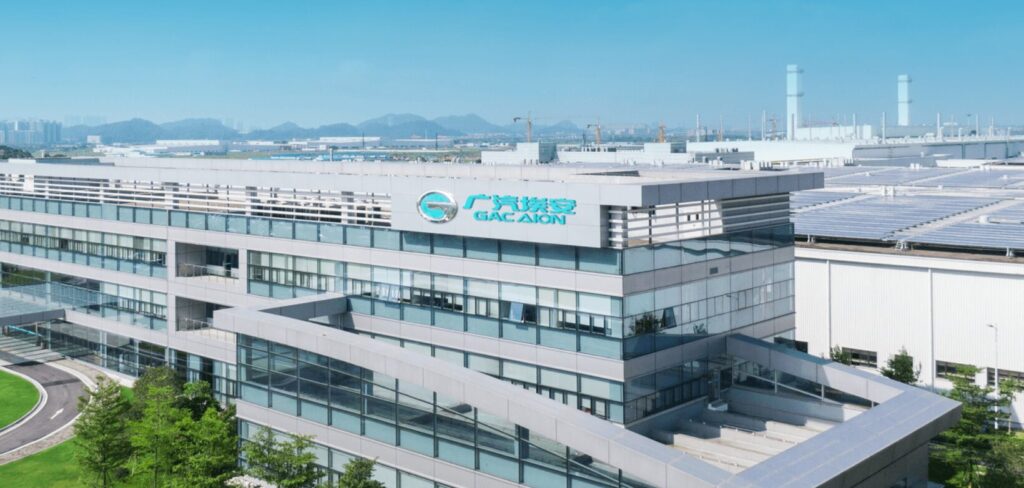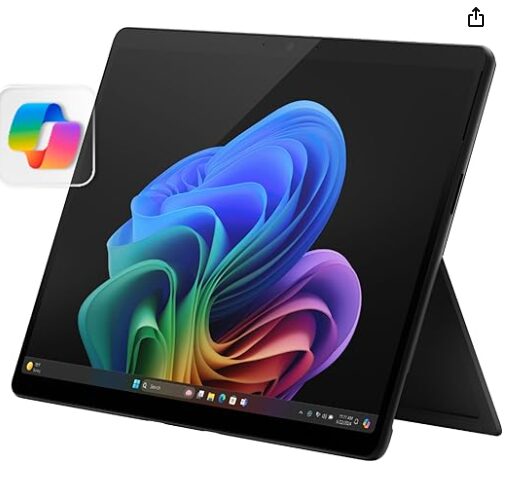GAC’s Billion-Dollar Bet on Huawei: A Desperate Surrender After Its Own Luxury Brand Fails. What Can VW and Stellantis Learn?

A seismic shift is underway in the global auto industry, and the latest tremor from China offers a stark warning for legacy automakers in Europe and the US. State-owned giant Guangzhou Automobile Group (GAC) has just doubled down on its partnership with tech behemoth Huawei, pouring another 600 million RMB (approx. $83 million) into their joint venture, Huawang Auto.
On the surface, this looks like a confident step towards the premium EV market. But peel back one layer, and you’ll find a brutal story of failure and desperation. This isn’t a partnership of equals; it’s a calculated surrender by a traditional automaker to a tech giant, and it holds critical lessons for the likes of Volkswagen and Stellantis.
The Inconvenient Truth: The Failure of GAC’s Own Premium Dream
To understand why GAC is betting the farm on Huawei, we must first talk about a brand you’ve probably never heard of: Hyper. This was GAC’s own, homegrown premium EV brand, meant to compete with the best. The chairman even promised it “unlimited support” just a few months ago.
The result? A catastrophic failure.
In the first half of 2025, Hyper sold a disastrous ~6,000 vehicles.
Imagine if Volkswagen launched a new premium brand that sold fewer cars in six months than Porsche sells in one. That’s the scale of this collapse. The brand was fatally wounded by its association with its parent, Aion, which is widely known in China for its mass-market, ride-hailing vehicles. The “premium” label never stuck.
The New Playbook: If You Can’t Beat Them, Let Them Drive
Faced with this reality, GAC made a painful choice. Instead of trying to revive their own failed brand, they’re effectively replacing it with one powered by Huawei’s “soul.” The Huawang venture will now be GAC’s spearhead into the high-end market (300,000+ RMB), leveraging Huawei’s cutting-edge ADAS, smart cockpit, and, crucially, its powerful brand image.
This creates a new three-tiered structure:
- Aion: The mass-market volume driver.
- Hyper: The struggling mid-tier brand, now in an awkward position.
- Huawang (with Huawei): The new high-end flagship.
This isn’t just about using a better infotainment system. It’s an admission that GAC, a massive state-owned enterprise, cannot compete in the modern premium market—a market now defined by software and brand perception—without a tech giant in the driver’s seat.
A Cautionary Tale for Europe: From CARIAD to GAC
This story should send a chill down the spines of executives in Wolfsburg and Turin. We’ve already seen this script play out in Europe. Volkswagen’s infamous struggles with its own software division, CARIAD, led them to a strategic partnership with China’s XPeng. Stellantis, recognizing its own software gaps, invested in Leapmotor.
The GAC-Huawei saga is the most extreme version of this trend yet. It’s a move from strategic partnership to outright dependency. GAC isn’t just buying technology; they are buying the brand credibility they could not build themselves.
The lesson is clear: The battle for the future of the automobile is no longer just about manufacturing excellence. It’s about creating a seamless, intelligent, and desirable digital experience. Traditional automakers face a stark choice: either invest the colossal sums and endure the painful culture shift required to become world-class software companies themselves, or accept a new role as sophisticated hardware manufacturers for the tech companies that will truly own the customer experience.
GAC’s painful surrender is a preview of a future that may be coming to Europe sooner than we think.
Deeper Dive: Recommended Reading for Deeper Insights
For those looking to understand the fundamental forces behind this industry shift, I highly recommend this book.
[The Platform Revolution: How Networked Markets Are Transforming the Economy and How to Make Them Work for You]
- Why it’s relevant: GAC’s story is a textbook case of a traditional “pipeline” business (making and selling a product) being disrupted by a “platform” ecosystem (Huawei). This book is the definitive guide to understanding why this power shift is happening and how legacy companies must adapt to survive. It perfectly explains the strategic logic behind GAC’s ‘surrender’ to the platform king.
- 👉 Read Book Here
This post contains affiliate links, meaning I may earn a commission if you purchase through them.

My AI Jazz Project: